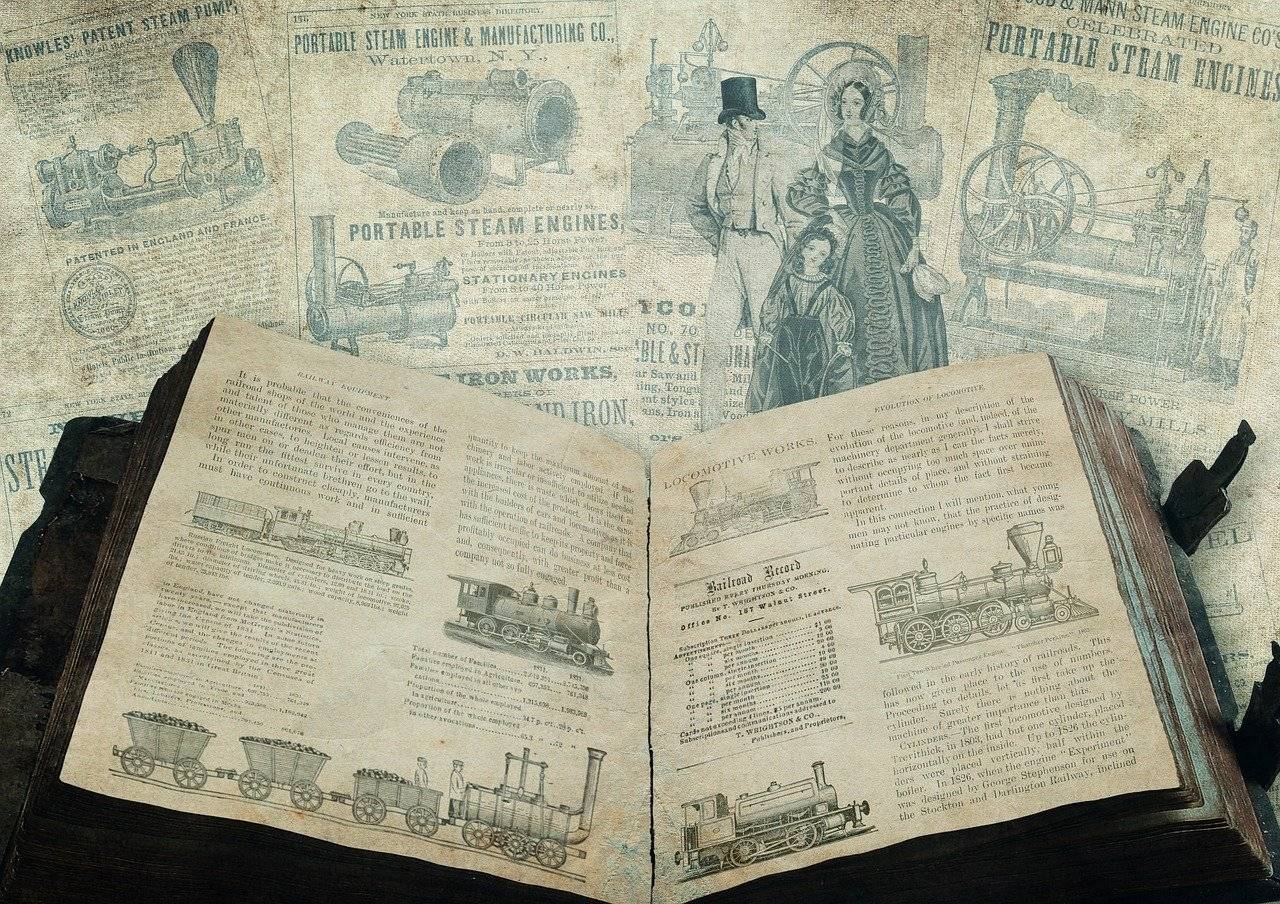In order to recover the aggregate estimated cost of the patent operation and USPTO administrative services that support patent operations, USPTO is exercising its fee setting authority to set and adjust Patent Fee Schedule. Section 10 of the Leahy‐Smith America Invents Act (AIA) authorizes the United States Patent and Trademark Office (USPTO) to, in part, “set or adjust by rule any fee established, authorized, or charged” under Title 35 of the United States Code provided that the aggregate patent fee revenue equals the aggregate estimated cost to for patent operations, including administrative costs. An initial proposal for the new fee structure is given to enable the Patent Public Advisory Committee (PPAC) to hold public hearings, gather feedback from the public, and prepare a report for the USPTO as required by the AIA..
The goal of the USPTO in proposing this new fee structure is to provide sufficient financial resources to facilitate the effective administration of the United States intellectual property system. The following objectives have been established in support of this goal:
- Promote Administration innovation strategies
- Align fees with the full cost of products and services
- Set fees to facilitate the effective administration of the patent and trademark systems
- Offer application processing options
The USPTO is looking forward to enhance the patent quality by focusing on three patent quality pillars by providing the best work products and services at every stage of the patent process by ensuring excellence in examination and customer service.
Fee Schedule Considerations
Generally set fees to achieve cost recovery for service, but also set fees either below or above cost based on sound public policy, for example:
- Subsidize filing, search, and exam fees to enable lower cost of entry into patent system
Where appropriate, set fees so that, during patent prosecution, an applicant pays individual fees at points in time where he/she has more information to make a decision about proceeding with the payment
Proposed Patent Fee Schedule Changes
- Basic Filing, Search, and Examination and Excess Claims
- Mega Sequence Submissions
- Request for Continued Examination (RCE)
- Information Disclosure Statements (IDS)
- Issue Fees
- Maintaining Multiple Reissue Patents
- Streamlined Re-examinations
- Late Filing of Sequence Listings in an International Application
- PTAB: Appeal, Inter-Partes Review, Post-Grant Review, and Covered Business Methods
- Hague Agreement Fees
- Office of Enrollment and Discipline Fees
- Petition and Administrative Fees
Proposed Patent Fee Schedule for a Basic Patent – Compared to Current
- The fees to obtain a basic patent (file/search/ exam and issue) will increase slightly.
- Maintenance fee rates will remain unchanged for all 3 stages.
Proposed Fee Schedule for RCEs – Compared to Current
- Fees for both RCE tiers will increase slightly.
- The Office has implemented several initiatives to reduce the need to file RCEs.
- IDS proposal also aimed at reducing the need to file RCEs.
Proposed Schedule for IDS – Compared to Current
- No fee if submitted before FAOM or within 3 months after the filing date, whichever is later.
- Eliminates certification of IDS.
- Provides fees for all IDS submissions after FAOM.
- 1st tier for IDS submitted after FAOM but before notice of allowance.
- 2nd tier for IDS submitted after notice of allowance. Must be accompanied with petition to withdraw if filed after issue payment.
- Applicants no longer need to use QPIDS or file an RCE to obtain consideration of an IDS.
Proposed Schedule for Appeals – Compared to Current
- Fees will increase for both Notice of Appeal and Appeal Forwarding fee.
- Better align fees with cost, and allow continued progress on reducing the backlog of ex parte appeals.
Proposed Schedule for IPRs – Compared to Current
- Fees will increase for Inter Parte Reviews.
- Better align fees with cost, and continue to meet deadlines required in the America Invents Act.
- Initial fee setting required estimating potential cost. Actual, historical cost is now available.
Proposed Schedule for PGRs/CBMs – Compared to Current
- Fees will increase for both Post Grant Reviews (PGRs) and Covered Business Method Reviews (CBMs).
- Better align fees with cost, and continue to meet deadlines required in the America Invents Act.
- Initial fee setting required estimating potential cost. Actual, historical cost is now available.
The proposed fee structure and current fee structure are intended to provide two perspectives of information to the public to assist in considering this proposal.
Stakeholders concerned about their patent budgets should review the proposed fee changes–and the USPTO’s justifications–and submit written comments by the November 25, 2015 deadline.
Authored by Sadhana Langoju



